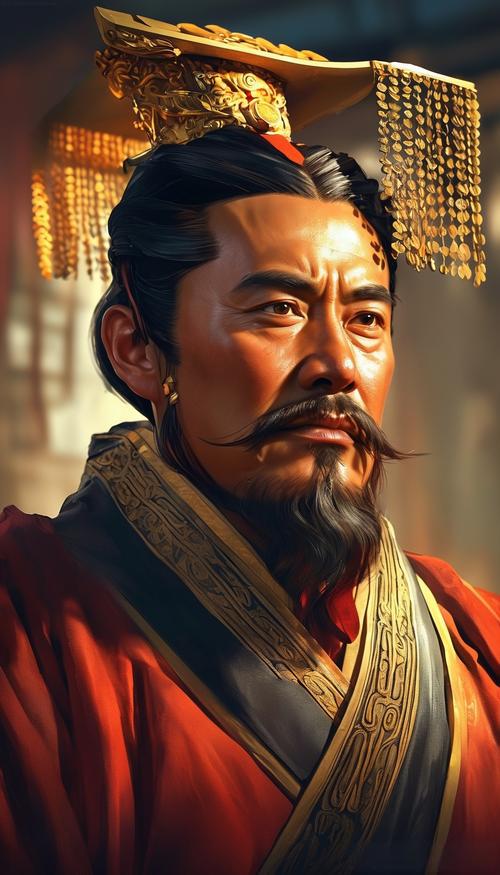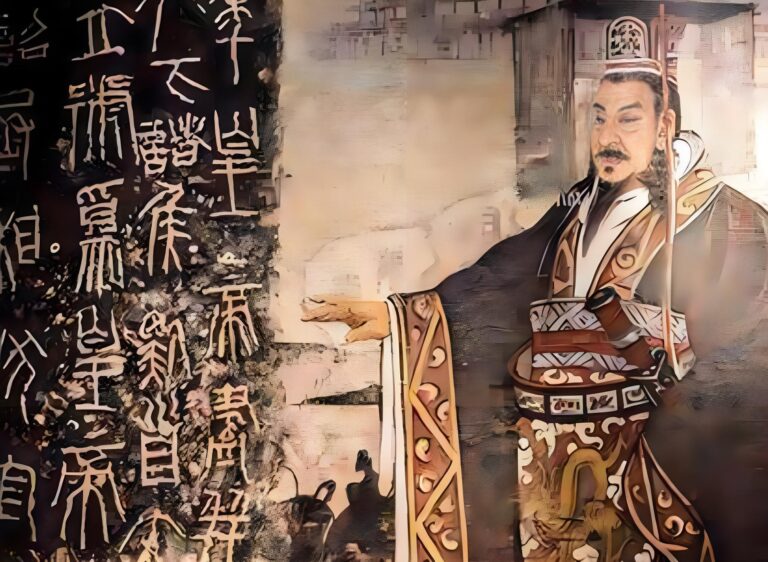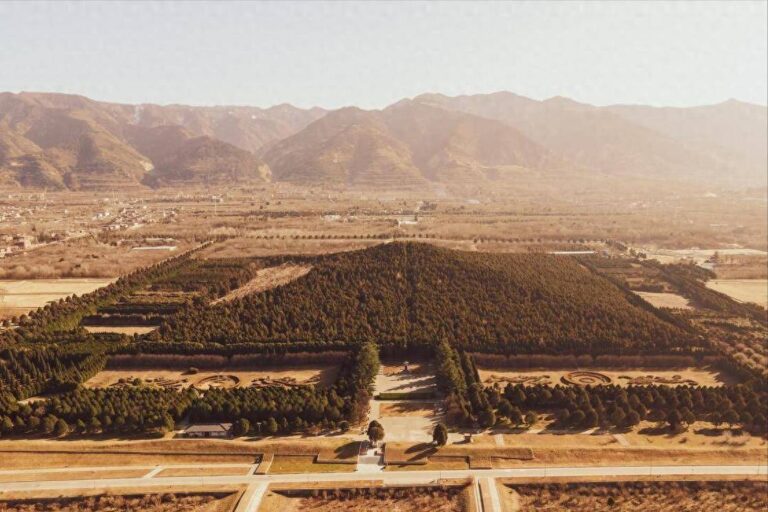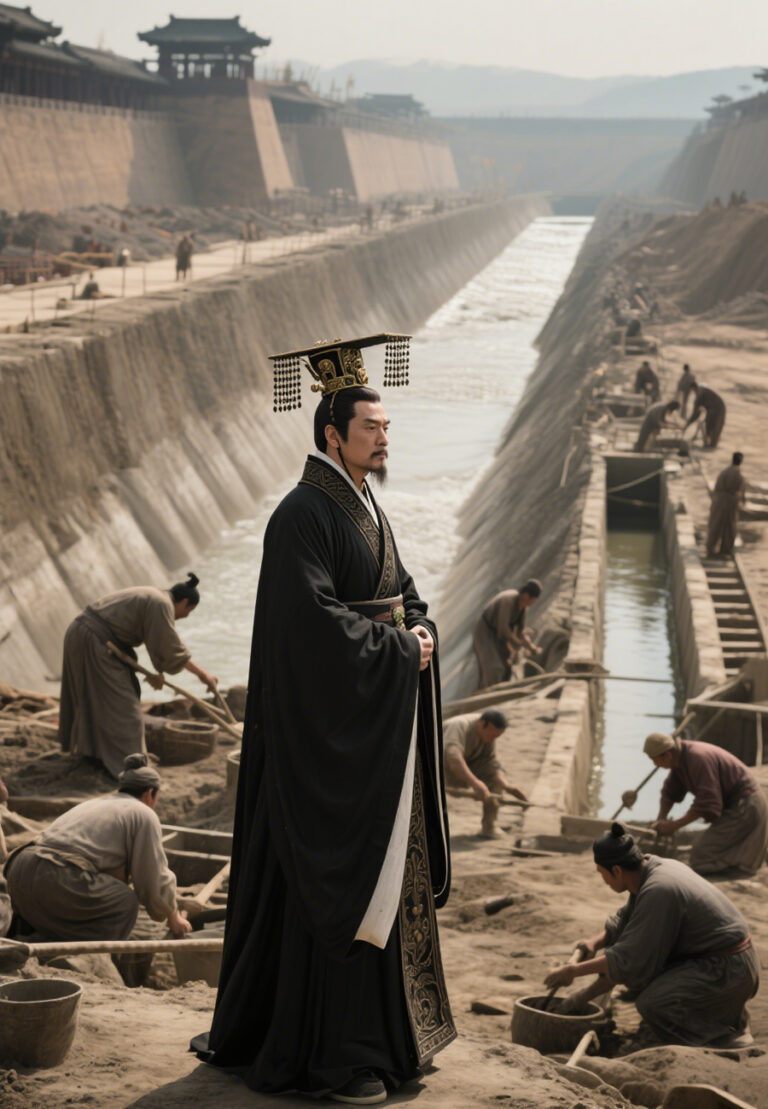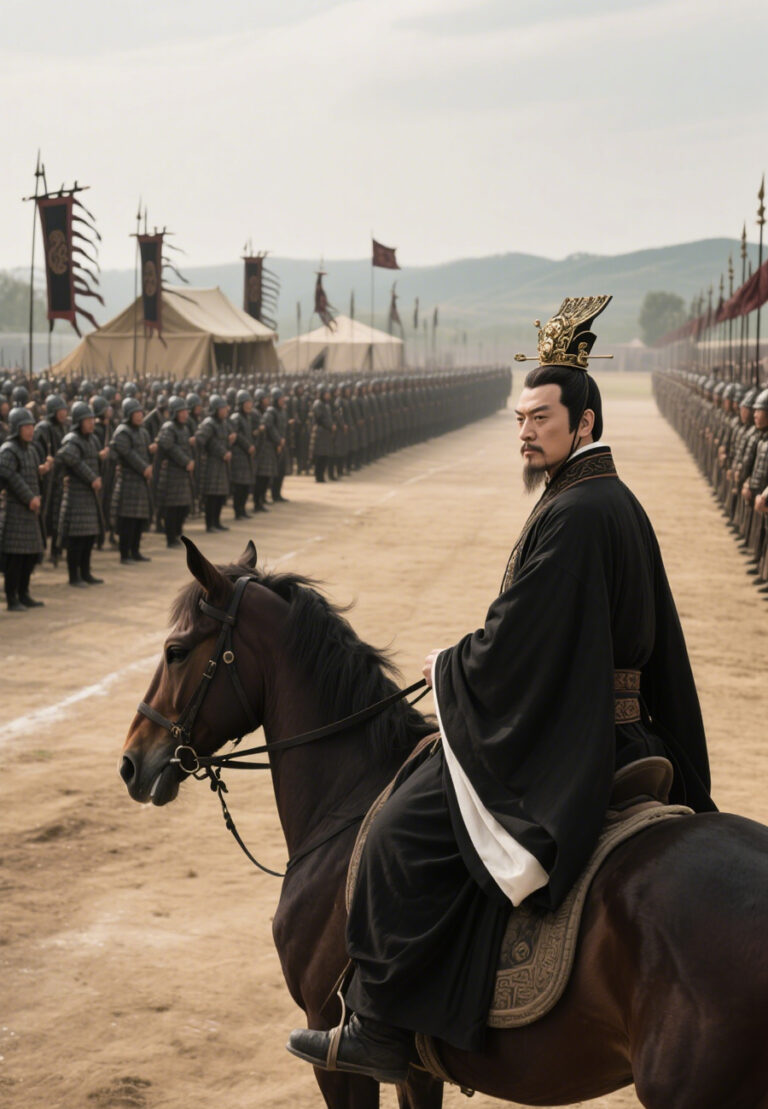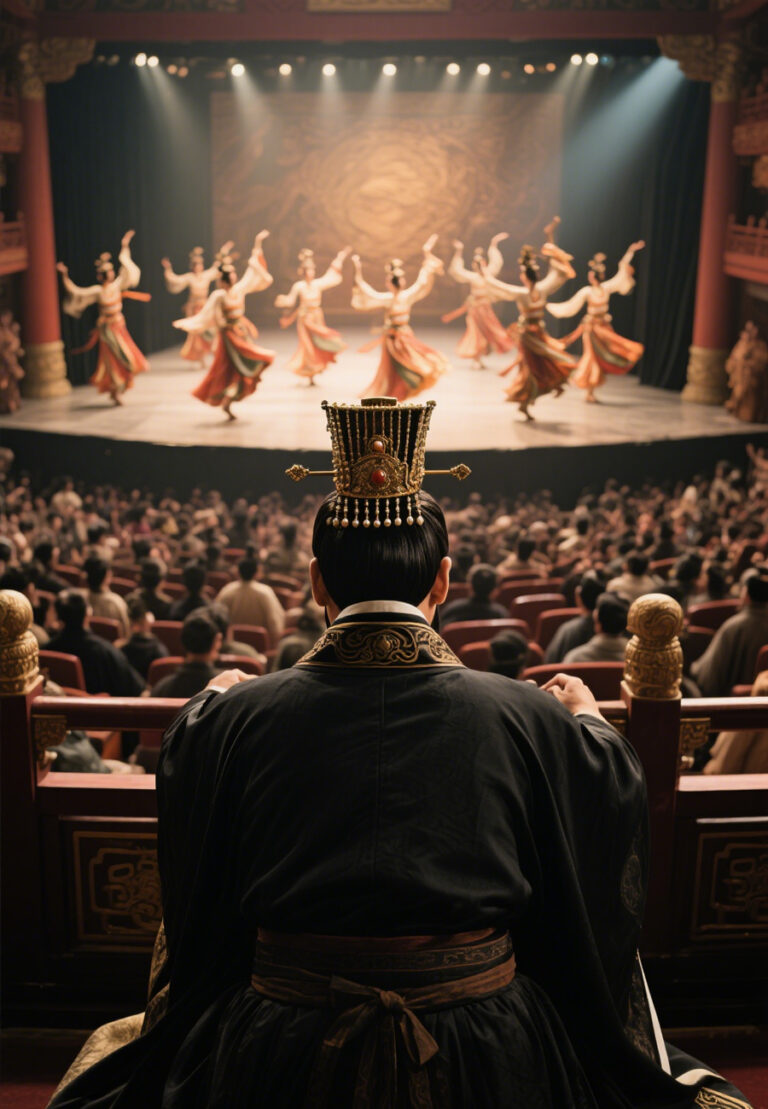What is Qin Shi Huang most famous for?
The First Emperor of China: Qin Shi Huang, History’s Original “Boss Level” Tyrant
Hey folks! Imagine binge-watching a Netflix drama where a 13-year-old king conquers six warring nations, burns books, buries scholars alive, builds a 5,500-mile wall, and creates an underground army of 8,000 life-sized terracotta warriors. Meet Qin Shi Huang—China’s first emperor and the ultimate chaotic genius. Think Game of Thrones meets Wolf of Wall Street… with more clay soldiers.
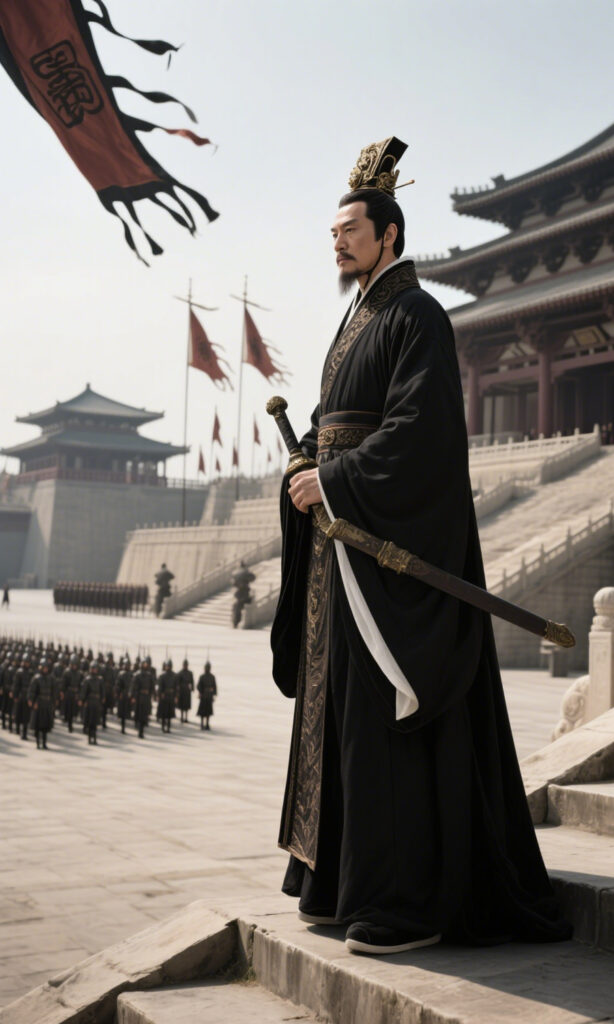
Act 1: The Ultimate Battle Royale Champion (230–221 BC)
Before Qin Shi Huang entered the scene, China was stuck in a 500-year-long free-for-all called the “Warring States Period.” Picture The Hunger Games on steroids: Seven kingdoms (Qin, Chu, Qi, Yan, Han, Zhao, Wei) constantly at war. Farms burned, cities collapsed, and everyone was tired of choosing the wrong side.
Enter Ying Zheng—the teenage king of Qin, a backwater state known for producing tough-as-nails soldiers. At 13, he inherited the throne. At 22, he hit the “unify” button. For the next decade, Qin’s armies steamrolled rival kingdoms like a combine harvester through wheat fields. By 221 BC, he’d conquered them all.
His victory speech? Legendary. He declared himself “Shi Huang Di” (First Emperor)—not “King,” because he was way cooler than kings. His tagline? “My dynasty will last 10,000 generations!” Spoiler: It lasted 15 years. But hey, the confidence? Pure Kanye West meets Jeff Bezos energy.
Act 2: The World’s First Standardization Nerd
Fresh off his conquest victory tour, Qin faced a problem: His new empire was a logistical nightmare. Imagine if all 50 U.S. states used different road signs, weights, money, and handwriting. Chaos!
So Emperor Qin did what any hyper-organized CEO would do—he launched history’s biggest standardization project:
- One Script to Rule Them All: He axed six regional writing systems and forced everyone to use Qin’s “official font” (小篆 xiǎozhuàn). Like replacing all state driver’s licenses with a single federal design.
- Universal Road Rules: He built imperial highways (驰道 chídào) and decreed all cart axles must be the same width. No more “My wagon doesn’t fit your ruts!” drama.
- Weights & Measures Tamed: A single system for weighing rice, measuring cloth, and pouring wine. Suddenly, scamming customers with “Texas-sized” gallons got harder.
- Single Currency: He replaced seashells, knife-shaped coins, and cloth money with round copper coins with square holes (秦半两). Basically the ancient yuan—or the original Bitcoin, minus the blockchain.
This wasn’t just bureaucratic tweaking. It was the ancient equivalent of forcing Apple, Android, and Windows to run the same OS. Ruthless? Yes. Effective? Wildly.
Act 3: The Dark Side—Book Burning, Scholar Burying & Tyrant Mode
But our emperor had a Jekyll-and-Hyde complex. Obsessed with control, he launched two infamous campaigns:
- The Great Book BBQ (焚书 fénshū): In 213 BC, he ordered all “problematic” books burned—especially Confucian texts preaching “Hey, maybe don’t be so tyrannical?” Only “useful” books survived (farming, medicine, fortune-telling). Think of it as deleting Wikipedia and only leaving The Anarchist’s Cookbook.
- Scholars: Literally Cancelled (坑儒 kēngrú): When philosophers complained, Qin had 460+ scholars dragged to a pit outside his capital and buried alive. Why? For “spreading fake news.” It’s like Twitter banning trolls… if Elon Musk used actual shovels.
His everyday rule was equally brutal:
- Harsh Laws: Minor crimes = nose/feet chopped off. Steal a chicken? Congrats, your face is now a permanent billboard (tattooed offenses).
- Forced Labor Nation: Building his mega-projects (Great Wall, palaces, tomb) required 2+ million workers. Conditions? Worse than Amazon warehouses in a heatwave. The legend of “Meng Jiangnu crying down the Great Wall”? That’s ancient Yelp reviews for Qin’s labor policies: ★☆☆☆☆ (“My husband died in the mortar”).
Act 4: His Greatest Hits—The Great Wall & the Terracotta Army
Ironically, Qin’s most notorious projects became his legacy:
- The Great Wall: Not an original idea. He connected existing walls built by conquered states into a 5,500-mile beast to block nomadic raiders (匈奴 Xiongnu). Construction was a meat grinder: Workers died from exhaustion, falls, or being walled in alive as “structural filler.” But the result? The ultimate “Keep Out” sign—visible from space. Call it the Great Firewall of China: Physical Edition™.
- The Terracotta Army (兵马俑 bīngmǎyǒng): Qin’s afterlife security detail. Discovered in 1974 by farmers, this underground army features 8,000+ unique clay soldiers, horses, and chariots—each with custom armor/hairstyles. It’s like a Comic-Con diorama gone megalomaniacal. Pro tip: Visit Xi’an. It beats Disney World’s Hall of Presidents by 8,000 life-sized figures.
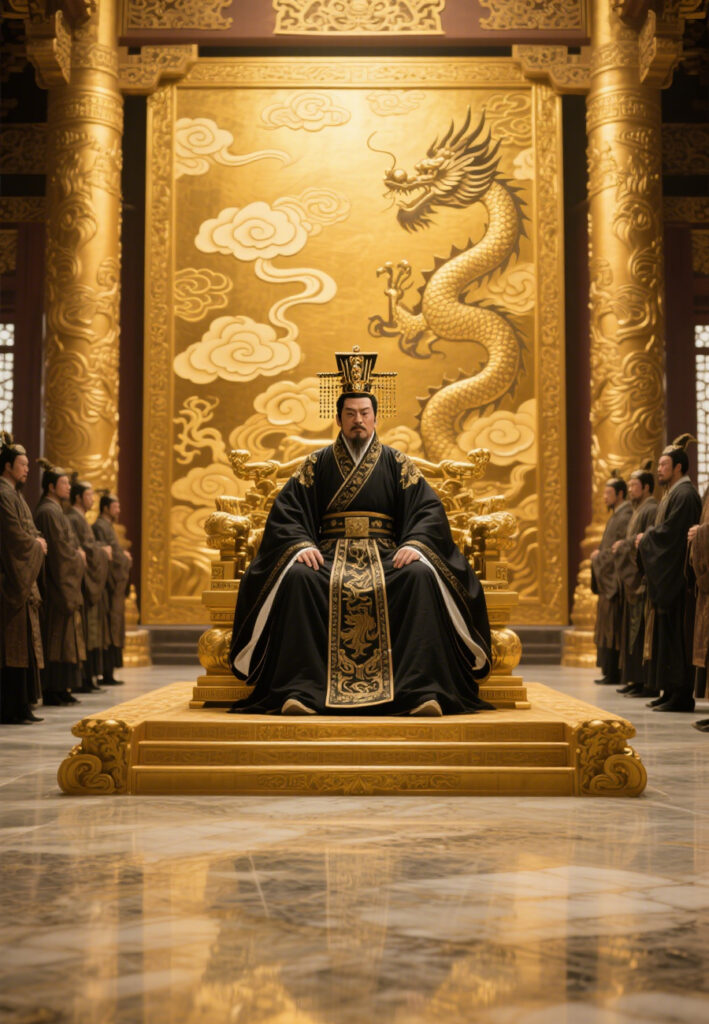
Final Act: Crash & Burn (But What a Legacy!)
Qin died at 49 in 210 BC during a cross-country tour—likely from mercury poisoning (he drank “elixirs of immortality”). His dynasty imploded within 4 years under peasant revolts. So much for “10,000 generations.”
Why He Matters Today:
- The Unifier: He created “China” as a concept. Before him? Warring tribes. After? A blueprint for every dynasty till 1912.
- The Contradiction: A visionary reformer and a paranoid tyrant. Steve Jobs mixed with Stalin.
- The Lesson: Absolute power corrupts… but also builds really cool tourist attractions.
So next time you see “Made in China” on a product, remember: It all started with a control-freak teen emperor who standardized an entire civilization—and buried his critics. Literally.


